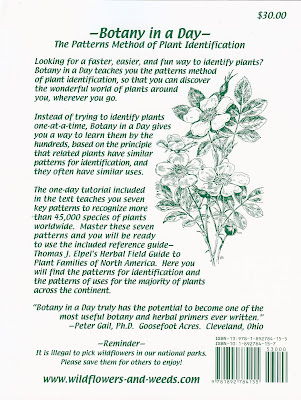

In another post, Soholm Pottery and Arisarum proboscideum, we talked a little bit about the history of Soholm (Søhoelm) ) pottery. In this post we show two more Soholm pieces with Helleborus, a genus of herbaceous perennial flowering plants in the Ranunculaceae (Buttercup) family.
The pottery pieces are:
- An Einar Johansen six-sided Stentoj vase (3345) from the Blue Series 1960's Soholm, Denmark. The embossed design on this piece is on three of the sides. 22 cm tall and 11cm wide at the widest.
- An Einar Johansen Stentoj bottle (3329) from the Blue Series 1960's Soholm, Denmark. The bottle has six embossed panels, one with an original sticker. The bottle-vase is 26 cm tall and 12cm at the widest.
The blue series is one of the most popular by this maker with its glossy and textured blues and blacks contrasted with matt black areas - in this case the necks of the pieces.
According to our spotty records, the plant pictured is Helleborus ‘Blackthorn Strain’ planted in 2007. This hybrid strain has large flowers that are held above the foliage. Quattrocchi leaves (!) us guessing in terms of the etymology of the genus with this:
Greek helleborus, a plant name for a species of Helleborus, perhaps the Lent hellebore, Greek hellos, ellos, “a young deer” and bibroskein “to eat, to devour;”
Food for fawns? One of the common names, Lenten Rose, comes from the fact that some of the species of Helleborus bloom during the Christian season of Lent.
This Helleborus hybrid is a prolific bloomer and has survived down to (20 F one year) - in another words it is pretty hardy. It does have a mildly strong odor that we characterize as “skunky”. When working with the plant, cutting for example, we tend to notice it. Other times it is not that noticeable. Though, our neighbor asked about a strong smell coming from our front yard (we have four of these Helleborus hybrids arranged around a gravel circle) - so maybe we have gotten used to it?
The Ranunculaceae family is mentioned in the interesting book Botany in a Day: The Patterns Method of Plant Identification (1996) by Thomas J Elpel. In this book, Elpel teaches you how to use the patterns method of plant identification to identify families of plants. For the Buttercup family, he gives the hints of looking for multiple simple pistils at the center of the flower, often with hooked tips. The bright “petals” of Helleborus are actually the sepals. The actual petals are what some references call the honey leaves - an intermediate step on the spectrum between petals and stamens.
Soholm with Helleborus Flowers
Soholm 3329 Bottom (left) and Sticker (right)
Soholm 3345 Bottom (left) and Helleborus Flower (right)
Helleborus Flower with Honey Leaves









No comments:
Post a Comment
All comments are moderated. If your comment doesn't appear right away, it was likely accepted. Check back in a day if you asked a question.